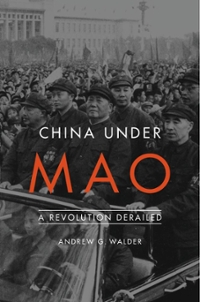Question
The demand for money is negatively related to a. the interest rate and positively related to real GDP. b. the interest rate and positively related
The demand for money is negatively related to
a. the interest rate and positively related to real GDP.
b. the interest rate and positively related to unemployment.
c. real GDP and positively related to the interest rate.
d. real GDP and positively related to the money supply.
The first official statement of goals for macroeconomic performance in the United States came with the passage of the
a. Federal Reserve Act of 1913.
b. Employment Act of 1946.
c. Great Depression Act of 1933.
d. Full Employment and Balanced Growth Act of 1978.
Adjusting monetary growth based on previous changes in nominal GDP
a. is relatively easy for the Fed to undertake because the implementation lag is quite long.
b. could be destabilizing because of the uncertainty of the length of impact lags.
c. is an effective policy because it allows the Fed to influence future macroeconomic performance.
d. raises the price level proportionately.
Let M = money supply; P = price level; V = velocity; Y = real GDP. The equation of exchange is given by
a. M V = nominal GDP.
b. M Y = P V.
c. M P = V Y.
d. M V = (1/V)P Y.
What are the two policy making bodies of the Federal Reserve?
a. the Board of Governors and the U.S. Congress
b. the Board of Governors and the Federal Open Market Committee
c. the Board of Governors and the Presidents' office
d. the Federal Open Market Committee and the U.S. Congress
The opportunity cost of holding money is
a. the liquidity foregone.
b. the higher interest rates that can be earned by holding a bond fund.
c. the decrease in risk from holding money rather than a bond fund.
d. the liquidity gained by holding ready cash.
Currency rates of exchange are determined by
a. agreements among governments.
b. the nations with the strongest armies.
c. the demand and supply of the currency.
d. multilateral business agreements.
What is meant by the term "credit easing"?
a. It is a strategy which involves the extension of central bank lending to influence more broadly the proper functioning of credit markets and to improve liquidity.
b. It is a strategy which involves keeping interest rates very low by providing substantial reserves for as long as is necessary to avoid deflation and encourage spending.
c. It is a strategy which involves lowering the required reserve ratio and lowering the federal funds rate to encourage banks to increase loan creation.
d. It is a strategy which involves allowing interest rates to rise slowly by providing substantial reserves for as long as is necessary to avoid inflation.
Suppose velocity = 5, money supply = $200, and price = 2. What is the value of real GDP?
a. $10
b. $40
c. $400
d. $500
Historical actions indicate that the Fed's primary goal of monetary policy over the past 30 years has been to
a. maintain high interest rates.
b. keep employment rates low.
c. limit the availability of consumer credit.
d. prevent high rates of inflation.
Step by Step Solution
There are 3 Steps involved in it
Step: 1

Get Instant Access to Expert-Tailored Solutions
See step-by-step solutions with expert insights and AI powered tools for academic success
Step: 2

Step: 3

Ace Your Homework with AI
Get the answers you need in no time with our AI-driven, step-by-step assistance
Get Started


